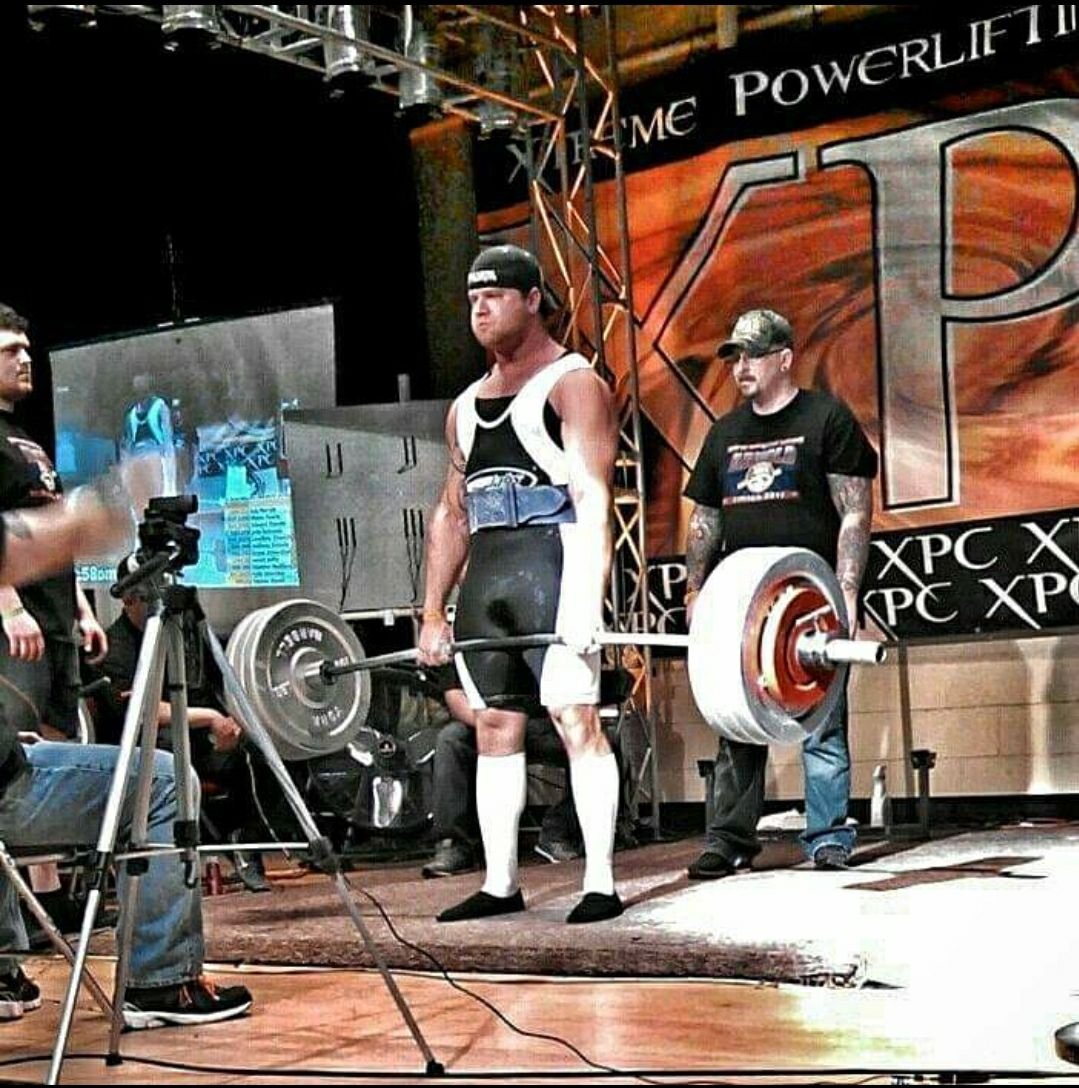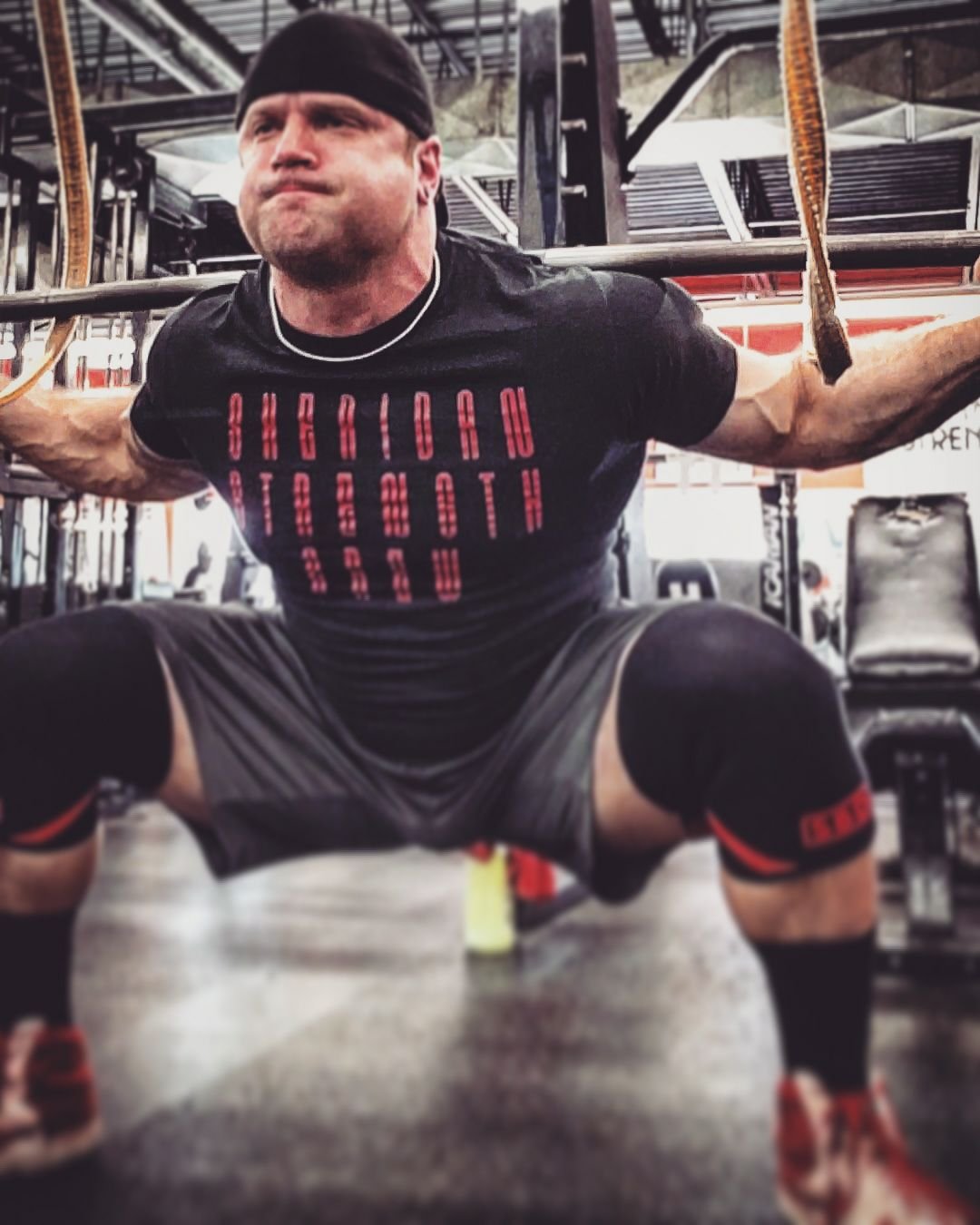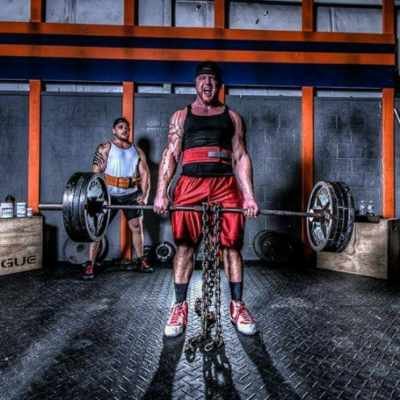
Determining a Lifters Sensitivity to Training Variables
Throughout my coaching career, I have always operated under the “every individual is different” approach, just as any coach should in my opinion. Aside from just stating “individualized approaches” for strength athletes, what does that actually entail? A critical factor is to determine a lifter’s sensitivity to volume, frequency, and intensity. Once again, the key is to recognize that every lifter responds differently to these specific variables based on factors like training history, muscular composition, recovery capacity, and even life stressors outside the gym. Here’s a breakdown of what I consider when dialing in these factors for an individual lifter.

7 Reasons Why YOU Should Powerlift
Powerlifting isn’t just about lifting heavy, it’s about discovering a new level of strength, both physically and mentally. You don’t need to be an elite athlete to reap the benefits of the sport that I fell in love with back in 2013. Whether you're looking to get stronger, gain confidence, or just improve your overall health, powerlifting has something for everyone.

5 Reasons Why You Should Be Programmed AMRAPs!
In the world of powerlifting, programming is both an art and a science. Coaches are constantly searching for the best methods to build strength, assess progress, and drive adaptations. One of the most versatile tools that I personally love to incorporate is the AMRAP set. AMRAP is short for “As Many Reps As Possible,” AMRAPs challenge lifters to push themselves to their limits, offering a range of benefits when used strategically.

Why Everyone Should Use The Pendulum Squat
When it comes to building strength, improving your squat, or adding size to your legs, the pendulum squat is a tool that deserves a spot in your training program. While many gyms have the popular basics such as the leg press, or even hack squat, the pendulum squat offers unique benefits that can make a significant difference in your training and Legends 24/7 Gym has it.

Ascending Sets vs. Back-Down Sets
When it comes to programming for powerlifters, one of the key considerations is how to structure the sets and reps to maximize strength gains while managing fatigue. Two popular methods are ascending sets and back-down sets which offer distinct advantages, depending on the lifter's experience, goals, and recovery capacity.

What’s The Heel Deal on Squats? Why Heel Placement and Pressure Makes a Big Difference
When it comes to perfecting your squat, every detail matters but one aspect that's often overlooked is the placement and pressure of your heels. The way your heels interact with the ground can make a significant difference in your squat performance and safety. Let’s dig into why heels are such a big deal and how to optimize your stance for stronger, safer squats.

9 Tips For Lifting in Heat
Lifting in a hot gym can be tough, but with the right approach, you can still crush your workouts and stay safe. Here are some tips that can help:

How Often Should You Bench Press?
The frequency of benching is a hot topic among powerlifters. Unfortunately, there is no definitive answer. It depends on various individual factors. Here are some considerations you can take when deciding how often to train that bench.

Why Manipulating Volume vs. Frequency is a Better Option
When it comes to programming, fine tuning your training variables is essential for making continuous progress. Volume and frequency are two primary drivers that coaches and lifters can adjust. Both are obviously crucial, but in my experience manipulating volume before frequency often proves more effective for individual lifts.

The Benefits of Benching with an Earthquake Bar
The Earthquake Bar is a flexible barbell that bends and oscillates when lifted. Unlike traditional power bars, the Earthquake Bar's oscillation engages stabilizing muscles to a greater degree.

Bench Press Grip Width: Choosing Between Wide and Close Grip for Strength Gains
Choosing between a wide grip and a close grip not only impacts the muscles targeted but also affects the mechanics and safety of the lift. This blog will help you understand the considerations for selecting the right grip width based on individual needs and goals.

What Shoes Should I Squat In? Heels or Flats?
The choice between squatting in weightlifting shoes (raised heel shoes) or flat shoes is a topic of considerable debate amongst lifters. This blog explores the considerations for both regular gym goers and powerlifters when choosing between these two types of footwear for squatting.

The Truth Behind Fats
Fats are a nutrient often misunderstood but crucial for optimal performance. In this blog we’ll debunk myths, uncover the best sources, and highlight why fats are your friend when it comes to increasing your performance in the gym.

How To Structure a Training Program for Beginners
There is no doubt that my training programs differ from client to client, but especially when comparing my advanced level athletes to those who are new to the sport. As a beginner, laying the right foundation is crucial for long-term success and injury prevention. In this blog, we'll break down the essential elements of structuring a training program tailored for beginners.

Navigating Stress: Acute vs. Chronic Stress
I’ve worked with over a hundred athletes since beginning my personal training and coaching career back in 2017 and one thing that I’ve learned as my relationships grew with my athletes is that we all deal with a certain level of stress in our day-to-day lives. Whether it's meeting tight deadlines at work, juggling personal responsibilities, or dealing with unexpected challenges, stress can manifest in various forms and affect our performance levels. In this blog post, we'll touch on some stress management strategies, explore the differences between acute and chronic stress, and highlight how acute stress can surprisingly yield positive outcomes.

Don’t Overlook Your Rest Days
In the fitness world, many of us are motivated to get results as quickly as possible. Over the years, I have had more than a handful of clients come to me telling me that they go to the gym 6 or 7 days a week. Now, you CAN make progress training 6 days a week when overall volume is taken into consideration, but I can honestly say that the volume in the splits for each and every one of these clients was entirely too much to be training every day.
So, what did we do? We added rest days!

3 Exercises You Should Be Doing To Increase Your Deadlift
We all love the deadlift, but what can we do to help prompt better strength gains aside from just picking up the weight off the floor? Regardless of stance, incorporating specific accessory exercises can further enhance deadlift performance. Here are three of my favorite exercises that complement both conventional and sumo deadlift variations, targeting key muscle groups and movement patterns to maximize strength and power output.

The Importance of The Right Training Environment for Fitness Success
Whether you’re powerlifting, bodybuilding, strength training or trying to improve your general fitness, success is not solely dependent on physical strength and endurance. The environment in which training takes place is equally as important. The right environment can significantly impact an athlete's performance, motivation, and overall sense of well-being. In this article, we cover what it takes to cultivate the ideal training environment for all us fitness buffs across a variety of training goals.

Why Everyone Should Be Taking Creatine Monohydrate
Since the 90’s few supplements have garnered as much attention and praise as creatine monohydrate. Due to its ability to enhance athletic performance, this compound has become a staple for athletes, bodybuilders, and fitness enthusiasts alike. But what exactly is creatine monohydrate, and why should everyone consider incorporating it into their regimen? Let's get into the science behind my #1 GOAT supplement and explore why it deserves a place in your routine.

Does “Mind Muscle Connection” Really Matter?
A trend that has gained widespread popularity is the idea of the mind-muscle connection (MMC). While proponents often preach about its benefits for maximizing muscle activation and growth, a closer examination reveals that its significance may be overstated. Let’s look into why the mind-muscle connection matters less than commonly believed in the realm of strength training.

